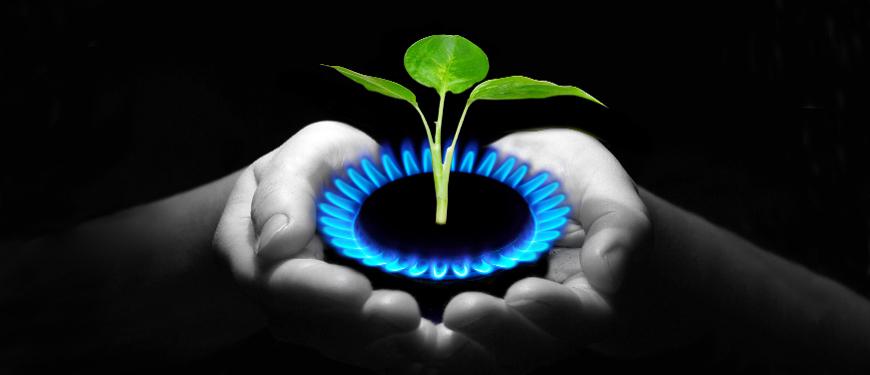Michella Biesbjerg Nielsen
Bachelor Thesis - Energy Technology - 2020
In 2050, Denmark must be free of fossil fuels, where energy instead is produced by renewable energy sources like biomass, solar and wind. Based on the energy scenarios presented by the Danish Energy Agency, wind will have a major role in the future. A problem arises during periods when there is no wind, and at the same time there will also be periods where the production is higher than the consumption.
Production of biogas has risen in recent years and is expected to increase further. The problem with biogas is, that raw biogas must be used continuously and cannot be stored, and therefore it will not function as a safety net in a fossil-free society. However, biogas can be upgraded to biomethane which is done through an upgrade plant. It removes CO2 and increase the content of CH4 from 65% to just under 100%. This way it can be injected into the existing natural gas network, as the quality is similar, and acts as a safety net for fluctuating energy production.
Ejby Mølle Renseanlæg (EMR) in Odense, produces biogas from sludge, a residual product in wastewater purification which is converted into electricity and heat. The generators in the plant need to be replaced in several years, which makes the project interesting for EMR. The focus in the project is to make a socioeconomic and a company financial analysis of the two technologies to see if it is efficient for EMR to upgrade biogas to biomethane.
The result shows that it will be more expensive for EMR to upgrade biogas to biomethane which was also expected since a build-up is necessary and EMR also must buy electricity and heat at market price. If EMR chooses to upgrade, it will give them a good and green image. This is because, from a socio-economic point of view, there are several advantages to using biomethane rather than biogas. Advantages include that biomethane contributes to green conversion in difficult-to-change sectors like the transport sector and the industry and manufacturing sector. This is because the sectors depend on gasoline, diesel and natural gas, which can be replaced by biomethane. The use is also associated with several positive effects for climate and environmental like reductions in CO2-emissions.
In the perspectivation, methanisation is presented in which excess CO2 is hydrogenated with H2. It increases the energy content one and a half time compared to biogas and reduce CO2-emissions further than upgrading to biomethane. The method is applied at Biofos wastewater treatment plant in Avedøre and has a positive impact on the company’s own CO2-account. Therefore, it is an opportunity to consider for EMR even though the cost is not accounted in the project. If EMR chooses to continue using biogas, it is also possible to consider reselling CO2 to e.g. breweries or horticultures.
Collaboration Partners
